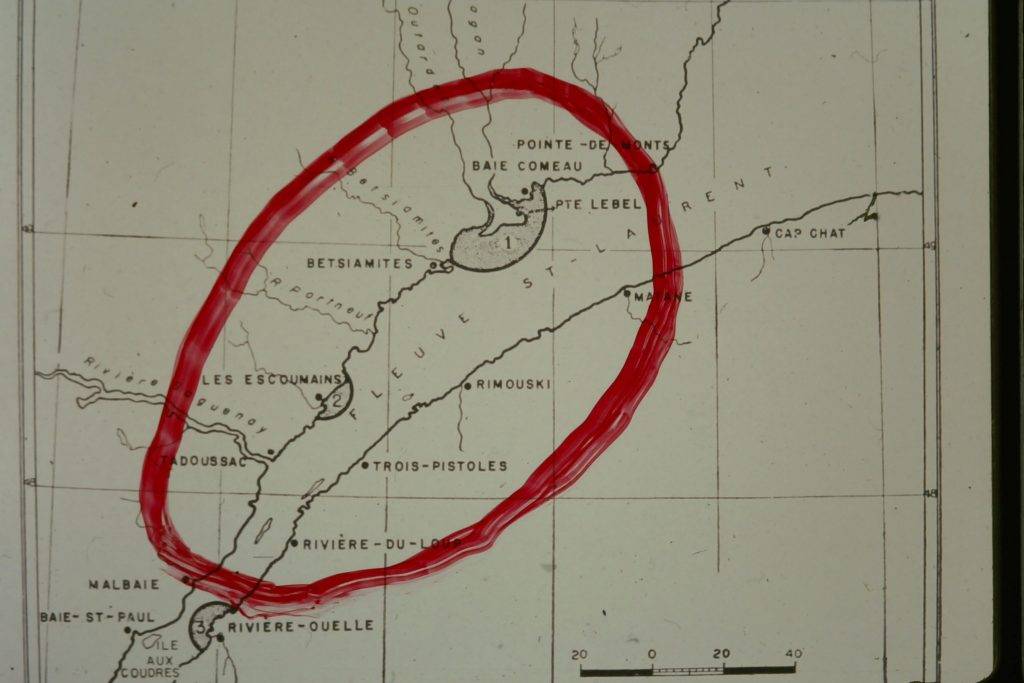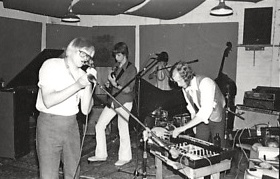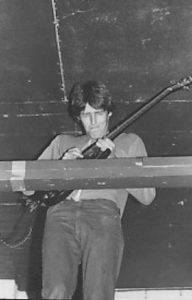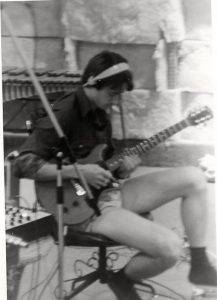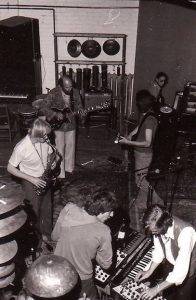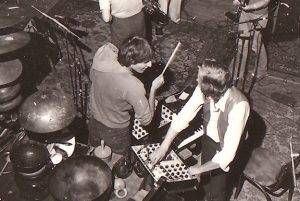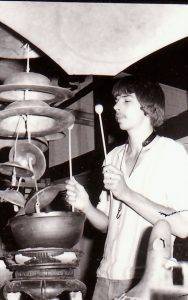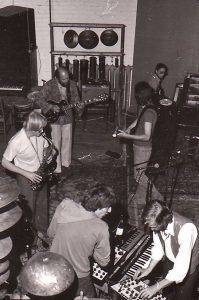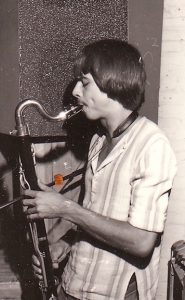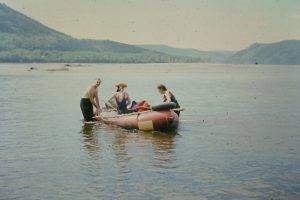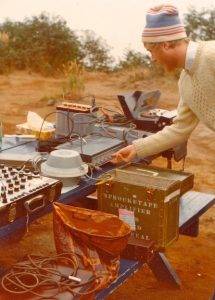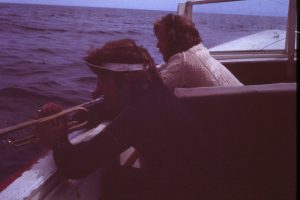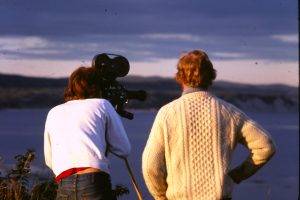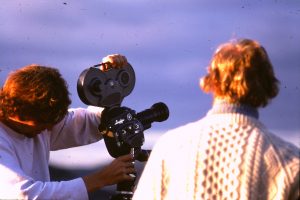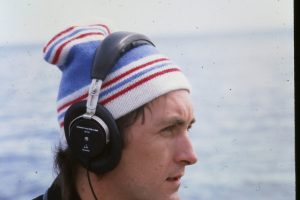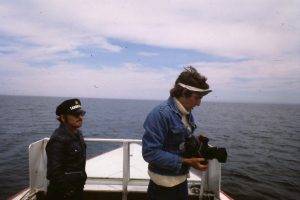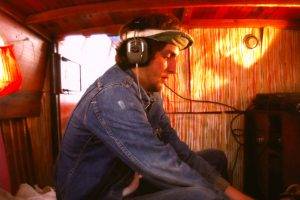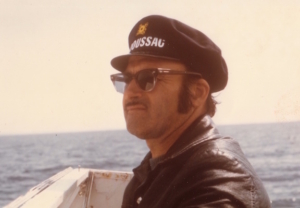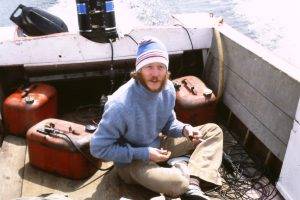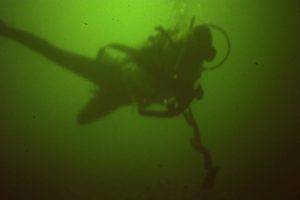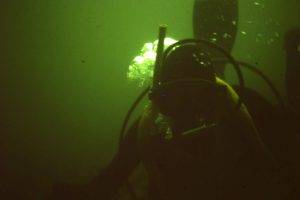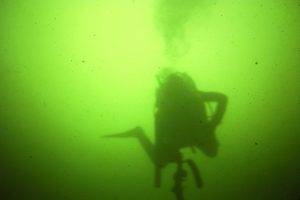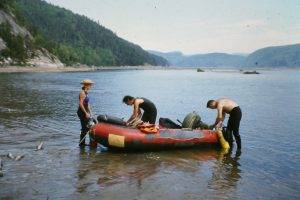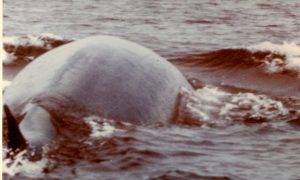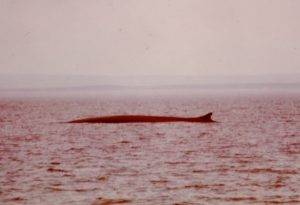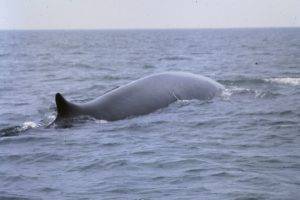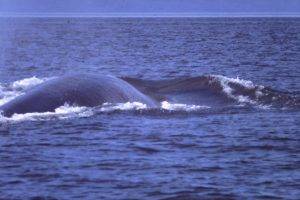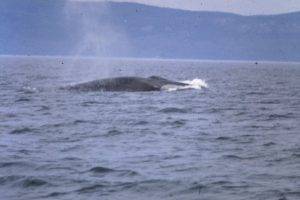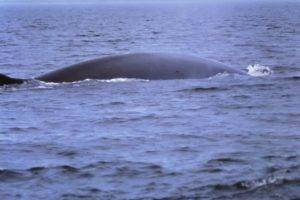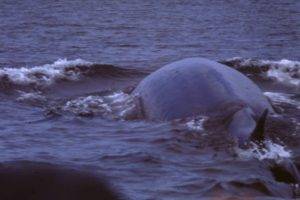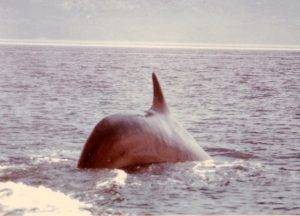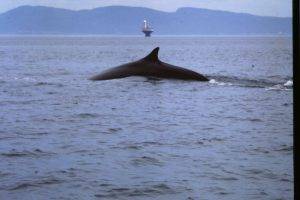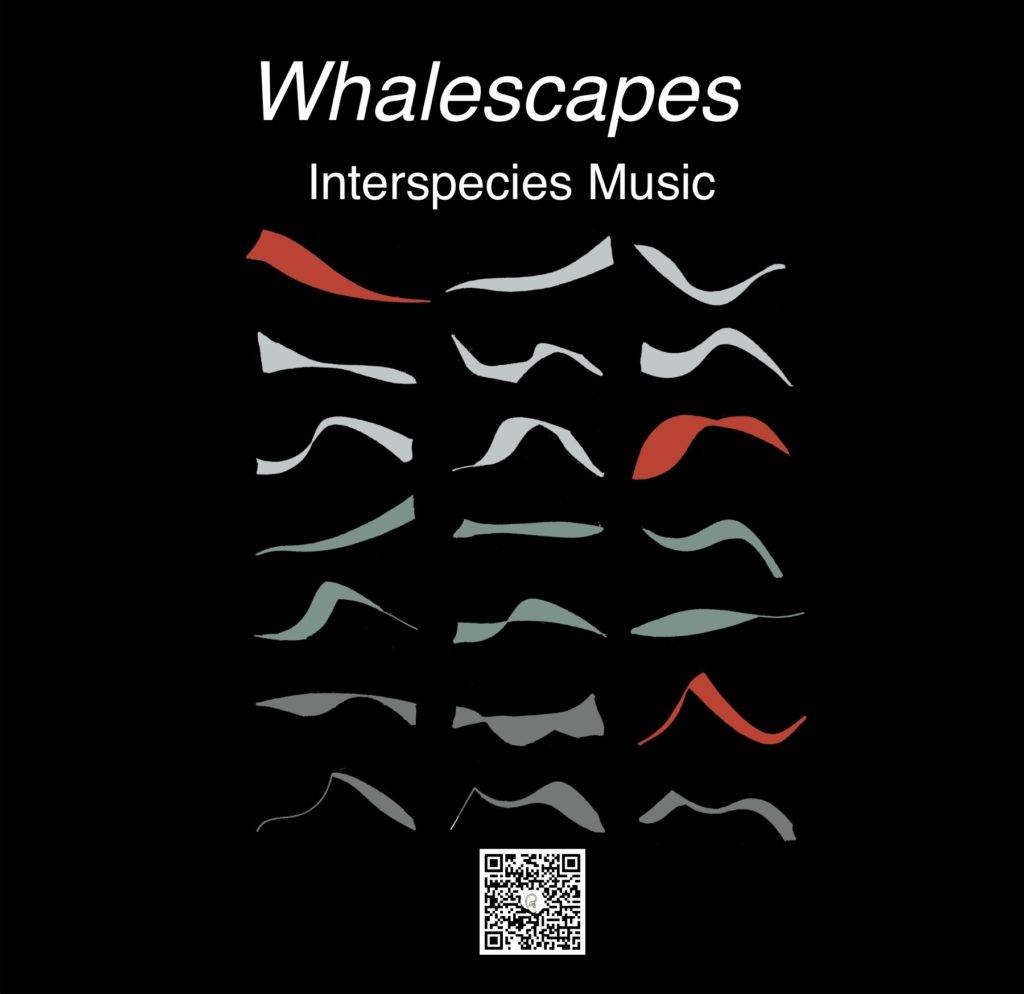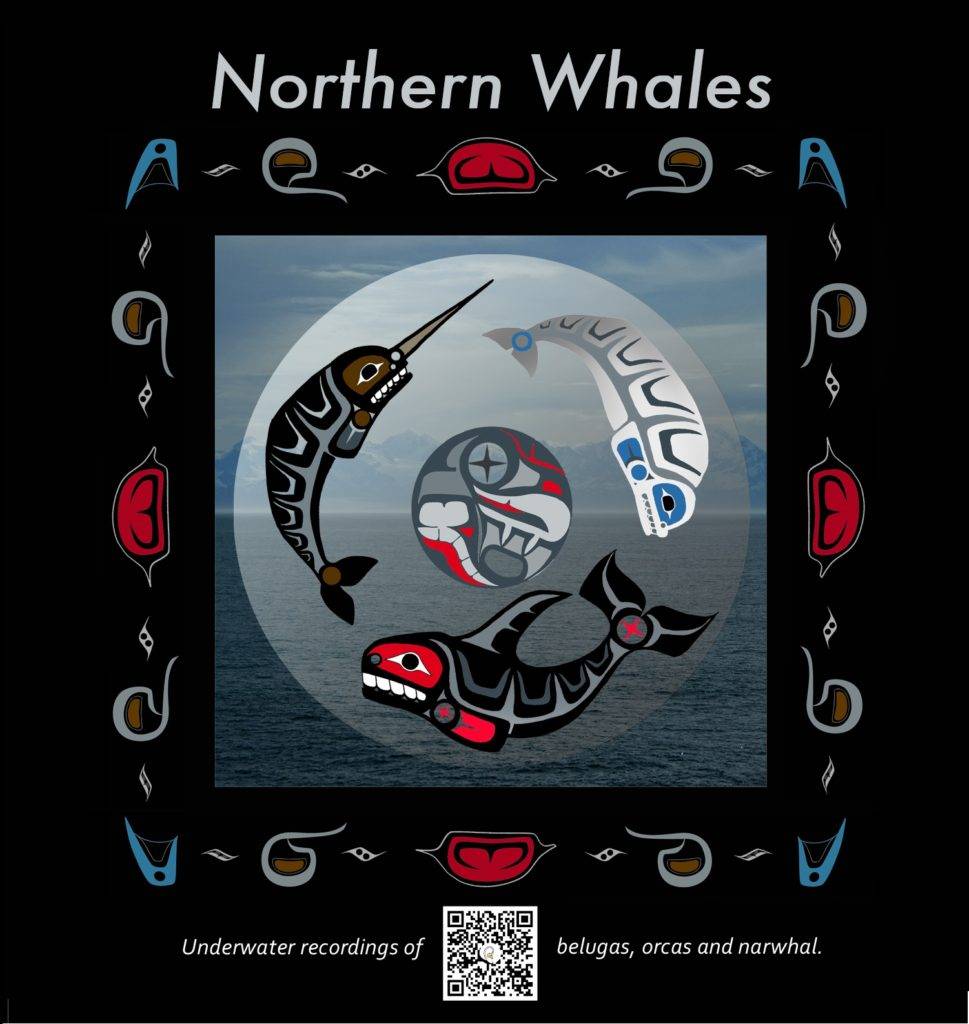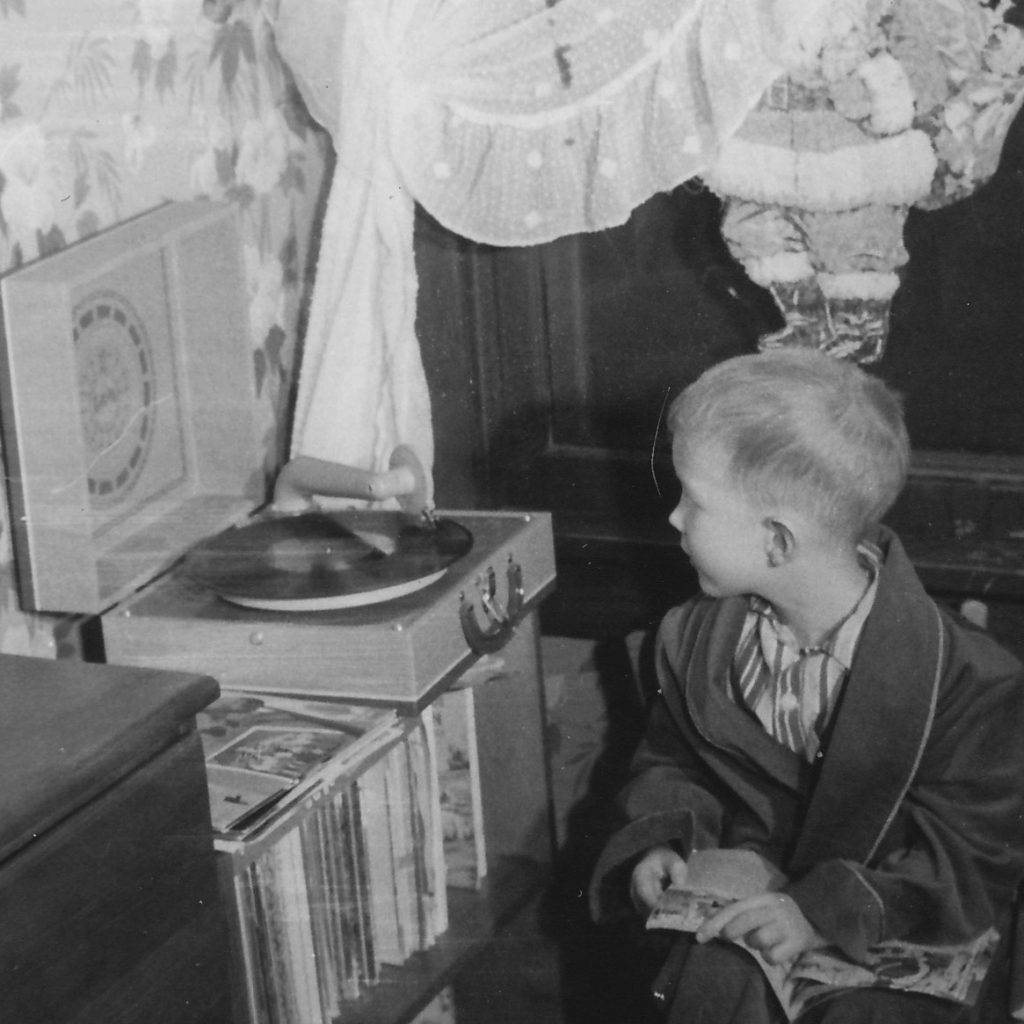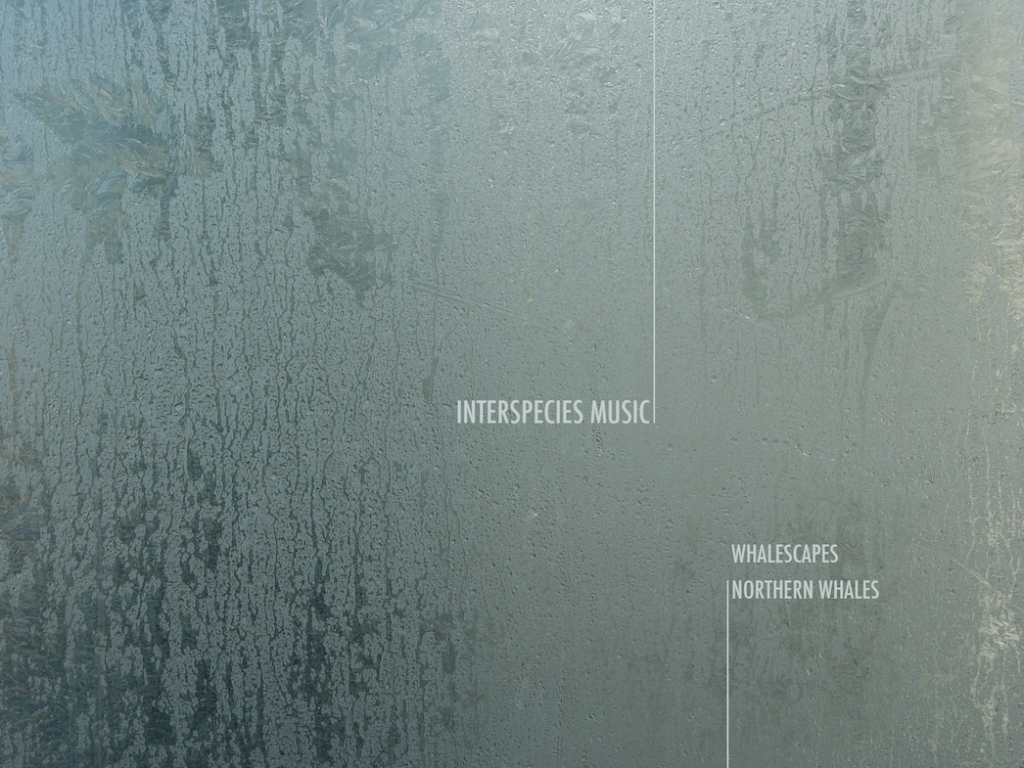
In its earliest incarnation, INTERSPECIES MUSIC represented itself as a multi-media performance group involved in the study and human interpretation of all manner of man-made and natural sounds,including those produced by other species. The group, comprised of artists and musicians, mainly from the Ontario College of Art, was originally formed in 1976. Over a period of three years or so, this musical collective, based at the Music Gallery, performed and recorded a wide range of inprovisational forms based on the natural sounds produced by other species.
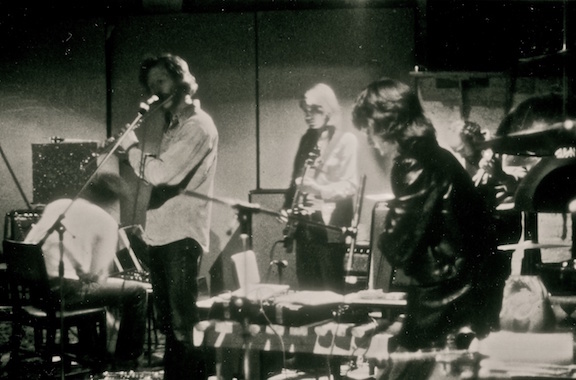
The original impetus for the group was a profound fascination for the underwater sounds produced by whales and other marine mammals. These voices of the deep appeared, on the one hand, to represent unique languages and aural symbolic forms of communication which transcended their own species-specific signifying systems, while, on the other hand, offering stunning listeming experiences of a profound musical nature.
Contingent to the musical production were intense research initiatives which sought to record, film and otherwise document the marine mammals and other animals in their own environment, both for the purposes of better undertanding the sounds of the animals as extensions of their existences and to gather visual and audio material for use in concerts and other more formal presentations.
Expeditions were organized and undertaken with the help and support of a community of like-minded individuals, such as Chester Beachel from the NFB, Michael Page and John Coul from OCA, all of whom who provided equipment and production facilities to the Interpecies Music Project. Proceeds from monthly concerts at the Music Gallery and elsewhere, however minimal, where used to help defray the material costs of photography and film as well as recording materials, equipment rentals, accomodations and transportation. These were supplemented, of course, by the necessary contributions of the participants themselves.
Interspecies Music was deeply committed to the ideal that, under the right circumstances, and with the a proper ethic of opennness and committed disinterest, improvisation itself, oriented to the alien other, could offer a bridge to transcend the specificity of self and the tropes of individuality, in order to sustain a collective dialogic which, it was assumed, would even reach across species in a universal musical celebration of the lifeworld and its creatures large and small. These brave ideas were supported by a growing number of experiments and situation, such as the work of John Lilly with dolphin/human interaction and Roger Payne’s recordings of Humpback whales whose songs were interpreted by leading marine biologists as mythic statements of cetacean collective existence, whose formal features changed, in part, from year to year in keeping with accrued experiences. Contingent to the musical production were intense research initiatives which sought to record, film and otherwise document the marine mammals and other animals in their own environment, both for the purposes of better undertanding the sounds of the animals as extensions of their existences and to gather visual and audio material for use in concerts and other more formal presentations.
In part, at least, these documentary efforts helped to establish, in 1998, the first marine park and ecological preserve in the Saguenay estuary, under joint Federal and Provinvial jurisdiction.
